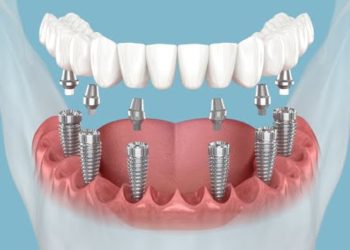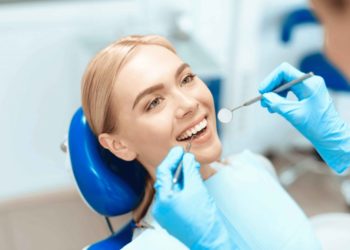Teeth grinding, medically known as bruxism, affects millions worldwide, leading to dental issues, discomfort, and sleep disturbances. Amidst various remedies, the buzz around Botox as a potential treatment for bruxism continues to escalate. Let’s delve into the ongoing debate: Can Botox truly alleviate teeth grinding once and for all?
Understanding Bruxism: A Silent Epidemic
Bruxism silently gnaws away at oral health, often unnoticed until symptoms manifest. Clenching and grinding teeth, particularly during sleep, characterize this condition. Over time, it can result in worn-down enamel, jaw pain, headaches, and disrupted sleep patterns.
The Rise of Botox in Dental Care
In recent years, Botox has emerged beyond its cosmetic applications, finding a niche in dental therapeutics. Its ability to relax muscles has sparked interest in alleviating bruxism-related symptoms. As people from all around the world started searching for Botox for teeth grinding near me.
How Does Botox Combat Teeth Grinding?
Administered via precise injections into the jaw muscles, Botox interrupts the involuntary muscle contractions responsible for grinding. By blocking signals from nerves to muscles, it effectively relaxes the jaw, mitigating the intensity of teeth grinding.
The Efficacy Debate: What Research Reveals
Research exploring Botox as a bruxism remedy presents promising yet inconclusive findings. While some studies tout its efficacy in reducing grinding episodes and associated discomfort, others emphasize the need for further investigation to validate its long-term effectiveness.
Navigating the Pros and Cons
As with any medical intervention, weighing the pros and cons is crucial. While Botox offers potential relief from bruxism symptoms, its temporary nature necessitates repeated injections for sustained benefits. Additionally, individual responses vary, warranting personalized treatment approaches.
Embracing a Holistic Approach to Bruxism Management
While Botox presents a novel avenue for addressing bruxism, it’s not a one-size-fits-all solution. Embracing a holistic approach encompassing lifestyle modifications, stress management techniques, and dental interventions ensures comprehensive bruxism management.
Consulting a Dental Professional: The Key to Informed Decisions
Before embarking on any bruxism treatment, consulting a qualified dental professional is paramount. They can assess individual needs, discuss treatment options, and provide tailored recommendations based on comprehensive evaluation and patient preferences.
Conclusion: Deciphering the Potential of Botox in Bruxism Management
In the ongoing discourse surrounding bruxism management, Botox emerges as a promising contender. While research underscores its potential benefits in alleviating teeth grinding, further studies are warranted to elucidate its long-term efficacy and safety. Ultimately, informed decisions guided by dental professionals pave the path toward optimal bruxism management and improved oral health.
In conclusion, the debate on Botox’s role in halting teeth grinding persists, highlighting the need for ongoing research and individualized treatment approaches. As advancements continue, collaborative efforts between patients and dental professionals remain integral in navigating the complex landscape of bruxism management.













































































